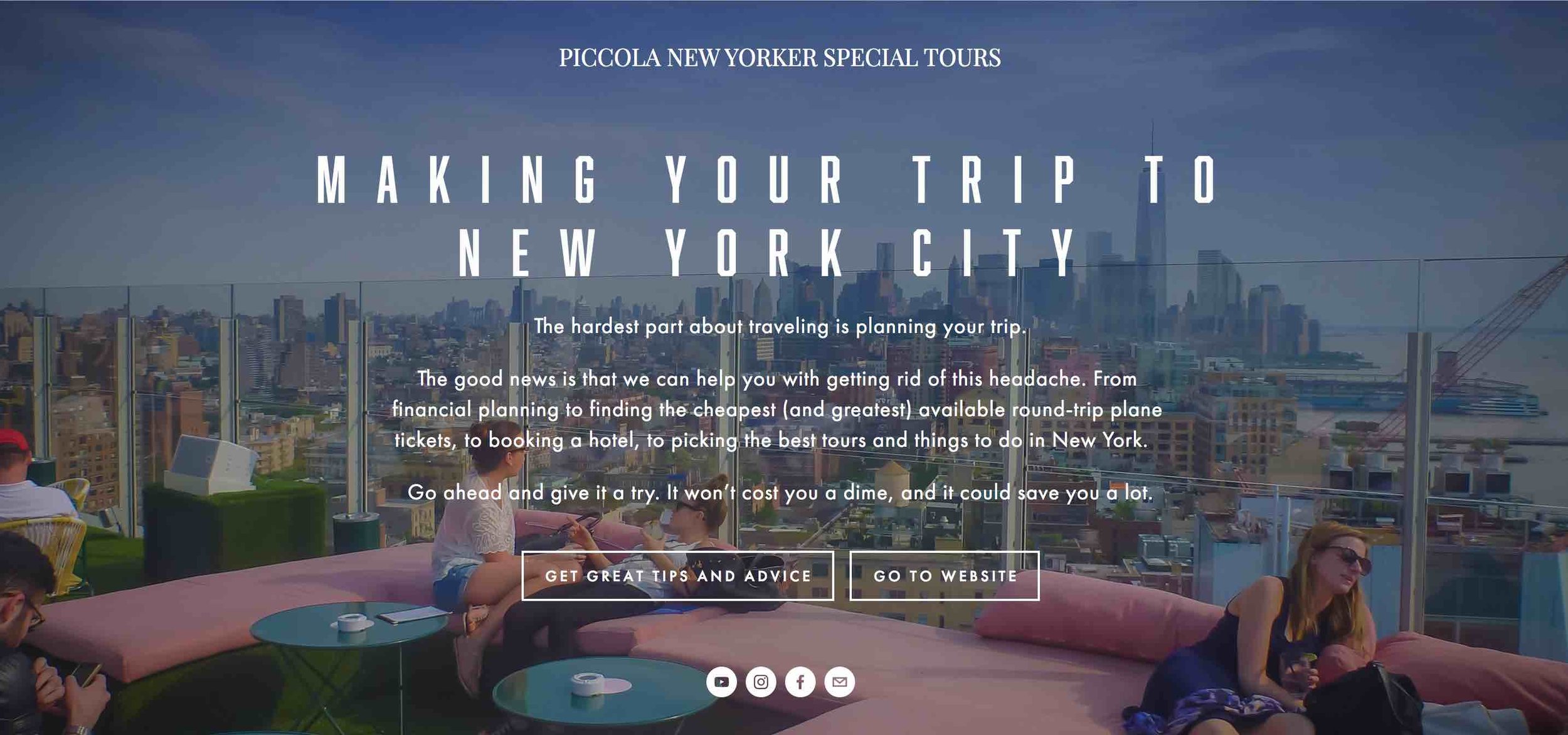NYC Subway: from 1870 to 2020
By Lucas Compan
Did you know that we could all be zipping around the city today in mini hyper loops? This was the early concept for the New York subway.
The NYC subway in 1870
Operated as a demonstration from 1870 to 1873, the short tunnel had only the one station and train car. While frequently mentioned as an important early development in New York City's transit history, it was merely a curiosity.
The Interborough Rapid Transit subway (IRT), which broke ground in 1900, was not the first attempt at transit tunneling in New York City. Several other groups attempted to build tunnel lines with varying degrees of success.
Listen to this story
In the 1870s, NYC briefly experimented with underground pneumatic transport. The underground tubes were similar to what you might find at a drive-through bank today. A prototype of the tube was even built along Broadway that curious New Yorkers could try out for themselves.
In the 1870s, NYC briefly experimented with underground pneumatic transport. That was the Beach Pneumatic Transit, invented by Alfred Ely Beach (1826-1896), an American inventor, publisher, and patent lawyer
The Beach tunnel was constructed in only 58 days, starting under Warren Street and Broadway, directly across from City Hall. The station was under the south sidewalk of Warren Street just west of the Broadway corner. The subway opened to the public on February 26, 1870. Gratings in the sidewalk on Warren Street indicate some vault or ventilation areas are down there today.
Operated as a demonstration from 1870 to 1873, the short tunnel had only the one station and train car. While frequently mentioned as an important early development in New York City's transit history, it was merely a curiosity.
More recently, entrepreneur Elon Musk, put forward the Hyperloop, a conceptual high-speed transportation system, incorporating reduced-pressure tubes. The outline of the original Hyperloop concept was made public by the release of a preliminary design document in August 2013, which included a notional route running from the Los Angeles region to the San Francisco Bay Area.
Preliminary analysis indicated that such a route might obtain an expected journey time of 35 minutes, meaning that passengers would traverse the 350-mile (560 km) route at an average speed of around 600 mph (970 km/h), with a top speed of 760 mph (1,200 km/h)
Watch the video below to dive a bit deeper into the history of pneumatic tubes in the country–including their use in communications and medicine.
Beach’s subway closed in 1873. The tunnel was used as a shooting gallery and then shut off for good by 1900, damaged by a fire in the building above it. In 1912 workers excavating a tunnel for the N and R trains came upon the old tunnel and wooden subway car (above). So where is the tunnel now? The consensus seems to be that it was destroyed during construction of other downtown stations.
The Beach Pneumatic Subway Tunnel under Broadway, 1873. New-York Historical Society (Image: Wikimedia Commons)
Alfred Ely Beach original Pneumatic Plan (Image: Wikipedia Commons)
The Beach Pneumatic Subway Tunnel under Broadway, 1873. New-York Historical Society (Image: Wikimedia Commons)

